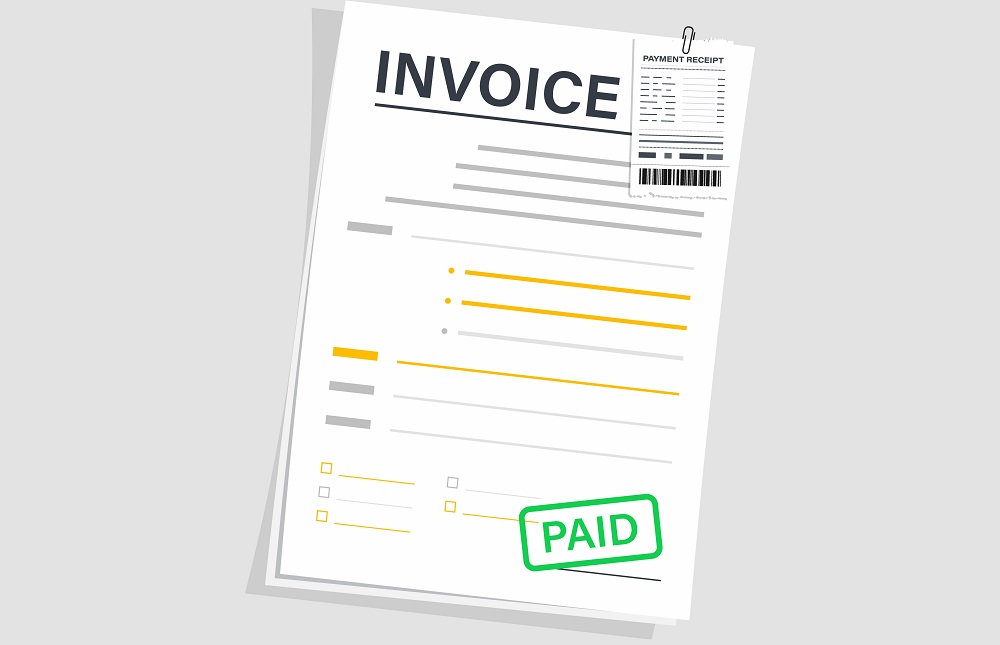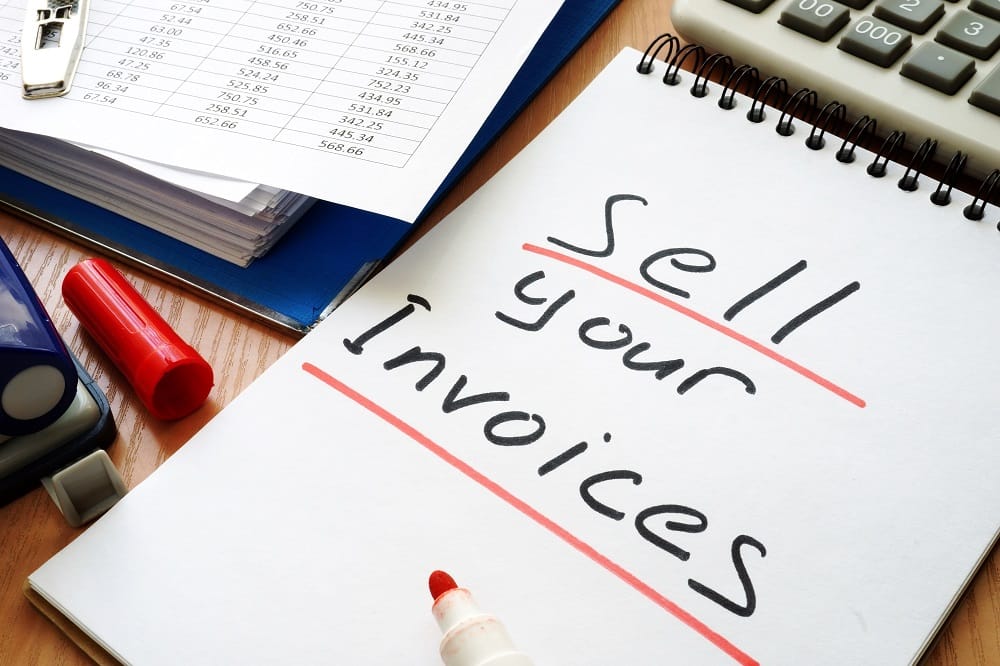When deciding to become a freelancer, you might organize your portfolio and up your proposal writing skills. All you may think about initially is how to find consistent work. Rarely do people consider payments as a significant issue.
It’s, therefore, possible to overlook the subject of invoicing and payments only to realize its importance when you get stuck along the way. In fact, 2017 statistics revealed that one in two freelancers had had difficulties getting paid.
Most of the time, freelancers are quick to finish work to avoid failing to meet deadlines. If a client has offered you a lot of work, it can get a bit overwhelming, and you may put administrative tasks in the background.
However, note that a client won’t pay until you’ve requested payment. So, how do you ensure that you receive compensation for the work done every time and on time? How can that the invoice prompts your clients to settle the account with you?
Look at these freelancer invoice writing tips to help you know how to request payment effectively:
1. Review Your Contracts
Before you can start issuing invoices, it’s advisable to have a written contract with the client first. Ensure you have written terms of engagement, then you can work on their order. It should include guidelines on terms of payment. Among the essential things to include in the contract are:
- The fee and the duration of the contract
- Down payment terms
- Mode of payment and currency
- Validity of the invoice
- Penalties for late payment
- Your preferred third-party payment services provider.
When creating an invoice, review the agreement you have with the client. This will help you and the client to be on the same page on the payment expectations. One thing that causes payment delays is the invoice term not matching with the contract terms.
2. Create Professional Invoices
Freelancers, especially when starting, tend not to consider their work as a business, but it’s in an actual sense. Using freelance invoice generator tools can help lessen the burden of creating and tracking invoices.
These online tools are far better than manual documentation or spreadsheets because of their high accuracy. You’ll spend less time and money where you can create and send invoices by the professional-looking templates.
Also, note to be as professional as possible when sending the invoice. Avoid sounding like you are asking for money from a friend. What you’re doing is requesting payment for your services provided and nothing more. Keep the entire process as professional as possible.
3. Include All the Necessary Details

You have completed your work, reviewed the contract, and have an invoice generator tool ready to create an invoice. Are there specific details you need to include in the invoice?
Here are some items that should appear in your invoice:
- Invoice header: Here, you have your name or business name (if any), logo, and contact details. You should also include the name of the client to identify who the invoice is intended for.
Invoice number and date: Your invoice should include two dates; issue date and due date. This will eliminate any confusion as to the period of invoice. The invoice should be numbered with a unique number. Consider creating an invoice number with three or more digits long instead of a single digit. You can use the numbers to identify different clients and the invoices you’ve sent to them.
- Detailed work description: This section is crucial as it indicates exactly what you are invoicing for. It should reflect your contract terms. If you charge hourly, indicate the invoice period, work done, hourly rate, hours worked, and the total amount due.
- Total Amount Due: Always have the total amount you expect from the client. You’ll need to factor in taxes and discounts, where applicable, and include a section for that as well.
- Payment terms and method: This is where you tell the client your preferred mode of payment. In many cases, this will have been agreed upon in the contract. Freelancers are advised to use third-party payment service providers who hold funds waiting for each party to confirm the successful completion of the contract.
As you can see, you don’t need to be a certified accountant to invoice clients as a freelancer. You only need to have the correct details and amounts and a good freelance invoice generator tool.
4. Send Invoices Immediately
Another issue that causes delayed payment of freelancer invoices is late submission. Immediately you complete the given project or before you begin, in case of down payments, issue an invoice. Sending invoices immediately you complete the work fast-tracks the payment process than when you delay.
Otherwise, you can schedule a time when you create and send invoices. It could be weekly, fortnightly, or monthly. You can also use this time to make follow-ups of all unpaid invoices. This way, you can have your payment records up to date at all times.
Takeaway
The one thing you need to do is make payments easy to make. Ensure that your preferred option of payment can be easily accessible. If you have complicated ways of receiving money, it can contribute to the delay in payments.
Have alternative methods so that your client can have an option if they can’t access one form. Remember to include taxes if they’re applicable. If you fail to charge it, you may be forced to pay it yourself.

